Not only good ideas contributed to the creation of the state of former American slaves in native Africa. It was about ... getting rid of black people from the New World. In return, they were offered their own land. How did they use it?
Abolitionist movements promoting the abolition of slavery appeared in the United States in the second half of the 18th century. The first society with such a profile, the Pennsylvania Abolition Society, was founded in 1775. Soon after, some states began to ban this form of servitude on their own initiative. Vermont did so as early as 1777. Six years later, in 1783, the Massachusetts Supreme Court declared slavery unconstitutional.
By 1804, abolitionism had prevailed throughout the northern part of the country. He was gaining more and more followers. But this was not the only movement keenly interested in the plight of black Americans. At the same time, there were slogans ... sending the liberators back to Africa.
Races must be separated
Proponents of the concept of returning former slaves to their home continent met in Washington in December 1816. It was then that they founded the American Colonization Society. They also adopted a resolution to commence operations immediately. In order to promote the idea of voluntary departure to Africa, the group even founded its own magazine called "The African Repository". The rhetoric of his articles was quite specific. While pity was felt for the "poor blacks" who suffered under the rule of the white majority, it was also believed that in the US they were doomed to remain in this situation.
According to the members of the Society, the two races will never integrate. It is therefore in their best interest that they be separated. What's the best way to do it? Of course, "humanely" removing the weaker from the humiliating domination of the stronger. In short, ATK ideologues considered slavery barbaric, but were also firmly convinced that blacks were an inferior race that could not exist on an equal footing with whites . And if so, the unwanted community needed to be got rid of somehow.
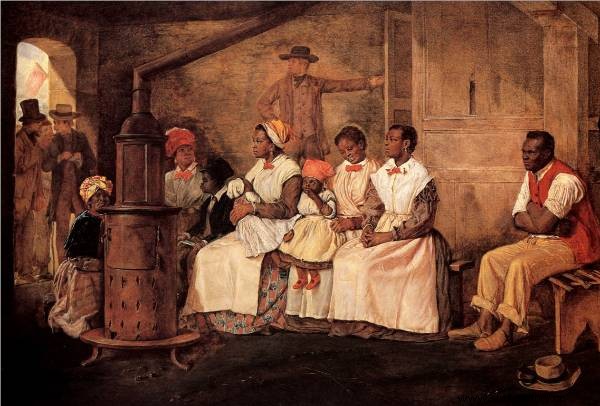
Members of the American Colonization Society regarded slavery as barbaric, but at the same time believed that blacks were an inferior race, so they had to return to Africa to avoid being threatened by white domination.
The Society's ideas gained a lot of support. It got so that in the North of the USA it became much more popular than the abolition associations! They were supported by Quakers, among others, who argued that slavery was contrary to the Christian principle of equality. They were also supported by the legislatures of 14 states. In 1829, it was also approved by the Pennsylvania Assembly. MPs agreed that the removal of black residents would be "highly successful for the good of our country's interests." The US Congress probably thought similarly, because granted ATK as much as 100,000 dollars to start operations . President James Monroe himself joined the ranks of the organization.
Transaction with a gun at the temple
We didn't have to wait long for the effects of the Society's activities. In January 1820, the ship "Elizabeth" set off for Africa from New York. Several dozen former slaves from cotton plantations in the South of the USA sailed there. Endowed with freedom, they returned to the continent from which their ancestors had once been brought. They were dropped off on the island of Sherbro off the coast of Sierra Leone, given to them by Great Britain. Unfortunately, it turned out that the conditions there - damp, swamps, thousands of mosquitoes - are deadly for the newcomers. Some of them fell ill and died soon.
Although the first attempt to implement the idea of ATK in practice ended in failure, another was made in the same year. This time on the sailing ship USS "Alligator" there were two representatives of ATK:doctor Eli Ayres and naval lieutenant Robert Stockton. Their task was to find a place suitable for establishing a colony. They chose the small Cape of Mesurado on the West African coast. They decided to settle a narrow, five-kilometer strip of land running along the ocean. It was 58 kilometers long.
The Society members bought the selected area from the local leaders, paying them with weapons, alcohol and trinkets worth ... about $ 300. This is how Ryszard Kapuściński described this transaction in his book "Heban":
Stockton, applying a gun to his temple to the local tribal chief, King Peter, forced him to sell - for six muskets and a box of beads - the land on which the American society was going to settle those slaves from cotton plantations (mainly from the states of Virginia, Georgia, Maryland) who obtained the status of free people.
A paradise for ex-slaves…
The acquired area was named Liberia after the English word liberty that is, freedom. The first settlers arrived there on April 25, 1822. Others followed. The success of the venture encouraged other organizations to follow in the footsteps of ATK. Soon, Quakers and colonization societies from Mississippi, Maryland and Virginia established their own settlements for former slaves on the African coast. Within a few years, they merged into the Liberian Community. Christopolis, on Cape Mesurado, was renamed Monrovia in honor of James Monroe.
The first black governor of the colony on behalf of the Society was liberated Joseph Jenkins Roberts. Gradually, the community gained more and more freedom, and finally in 1847 the colony with 3,000 inhabitants declared independence and adopted the name of the Republic of Liberia. It became the second independent state in colonial Africa after Abyssinia . Its constitution was modeled on the American one. Roberts was elected the first president. It was commonly thought that the new country would be a true paradise for the former slaves.
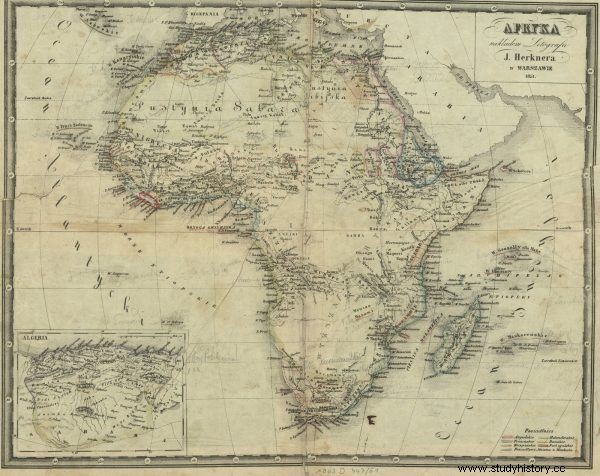
Map of Africa from 1851 with Liberia in red.
… and hell for the natives
Unfortunately, as it turned out, not all the inhabitants of the new state could take advantage of the "heavenly" conditions. The settlers, who spent most of their lives working hard on cotton plantations, recreated the hierarchical world of the white South. Only this time they were in the place of lords, and they brought the people of local tribes to the role of slaves.
The New World visitors called themselves American-Liberians ( Americo-Liberians ) and declared that only they are citizens of the country. The rest of the population, that is ... 99 percent of Liberia's population, had no civil rights. “According to the adopted laws, the rest are just tribesmen (members of tribes), people without culture, savages and pagans, wrote Kapuściński.
Both communities lived separately. The freedmen lived on the coast, and the natives occupied the interior of the country, covered with a dense tropical jungle. The "gentlemen" rarely ventured there, because they were harmed by the local climatic conditions - they often contracted malaria and yellow fever. According to Kapuściński, it was only 100 years (!) Since the establishment of Liberia that its president went deep into the country for the first time. The daredevil was William Tubman, who had been in office since 1944.
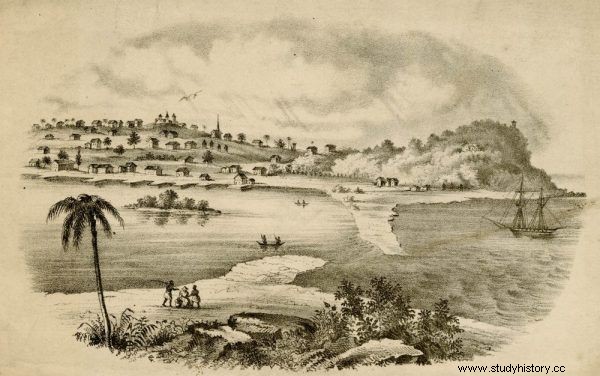
Liberia's capital city of Monrovia in a postcard from the mid-19th century.
Hunt for workers
The American-Liberians dominated politics, economy, culture, education and all other spheres of the state's life. They even demonstrated their difference from the local black population with their clothes. The men wore tailcoats, top hat and white gloves. Ladies wore puffed dresses, wigs and hats decorated with flowers. The self-proclaimed elite also built for themselves mansions modeled on those inhabited by white landowners in the South of the USA . And she grew rich by establishing plantations and businesses. The economy of the country was based on agricultural production.
In the mid-nineteenth century, Liberia introduced a system of strict racial segregation similar to that later in South Africa. Full-fledged citizens were forbidden to have close contacts with the natives, and especially to marry them. Moreover, the government designated an area for individual tribes in which they should stay and which they were not allowed to leave.
All attempts to resist these orders were pacified by the police and the army. And the captured natives ... were sold as slaves! Liberia's elite needed hands to work in their plantations and workshops. Any surpluses were liquidated in other African countries. This practice was practiced until the 1920s, when it was revealed by the world press. The League of Nations intervened and Monrovia officially withdrew from the profitable business. Informally, the trade continued.
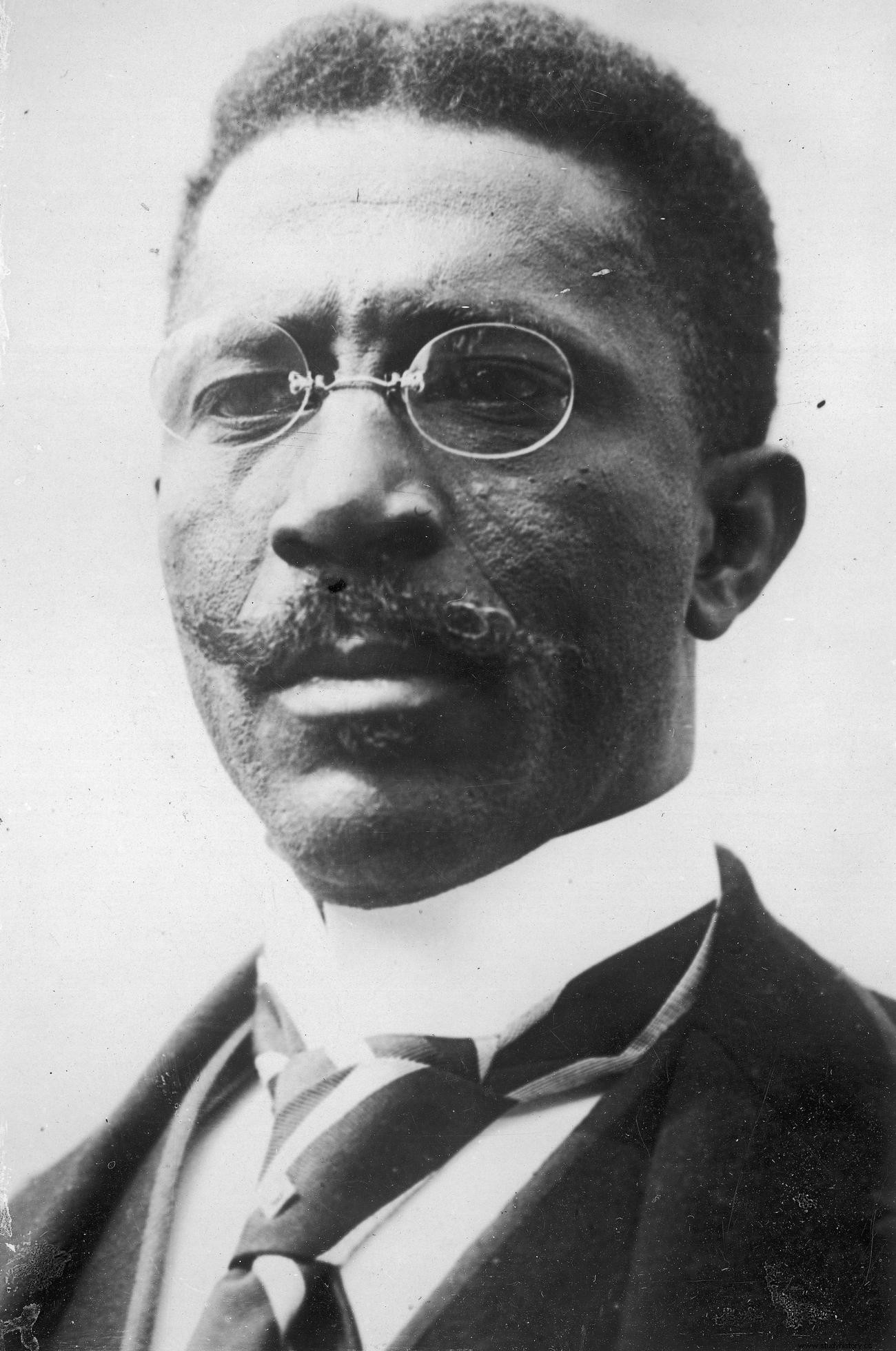
The Liberian elite grew rich from the slave trade as early as the 1920s. Charles Dunbar Burgess King, who was president of the republic from 1920 to 1930, is pictured.
Unfortunately, the Liberian political system did not work in favor of the reforms. Two parties were formed in the nineteenth century:the Liberian Party, supported by the poorer sections of the population, and the True Whig Party, which was the mainstay of the wealthy establishment. Initially, they exchanged power, but in 1878 the Whigs won the election and did not let it go for 102 years. This is how Kapuściński described the situation in the country:
The leadership of this party, its political office - A National Executive - decides everything from the beginning:who will be the president, who will sit down in the government, what policy this government will pursue, what a foreign company will receive a license (...). The leaders of this party were presidents of the republic or vice versa - because these positions were treated interchangeably. Only by being in this party was it possible to achieve something. Its opponents were either in prison or in exile.
Free country in Africa? No…
How did the independent ex-slave state maintain during the colonial era? In the second half of the nineteenth century, attempts at Liberia were made by France, Germany and Great Britain. The latter even seized a fragment of its territory. "A free country in this part of the world did not fall within the framework of the colonization policy of Europe," we read in the fictionalized biography of the 19th-century Polish traveler Stefan Szolc-Rogoziński, by Maciej Klósak and Dariusz Skonieczko. Szolc-Rogoziński himself visited the country on the coast in the 1880s.
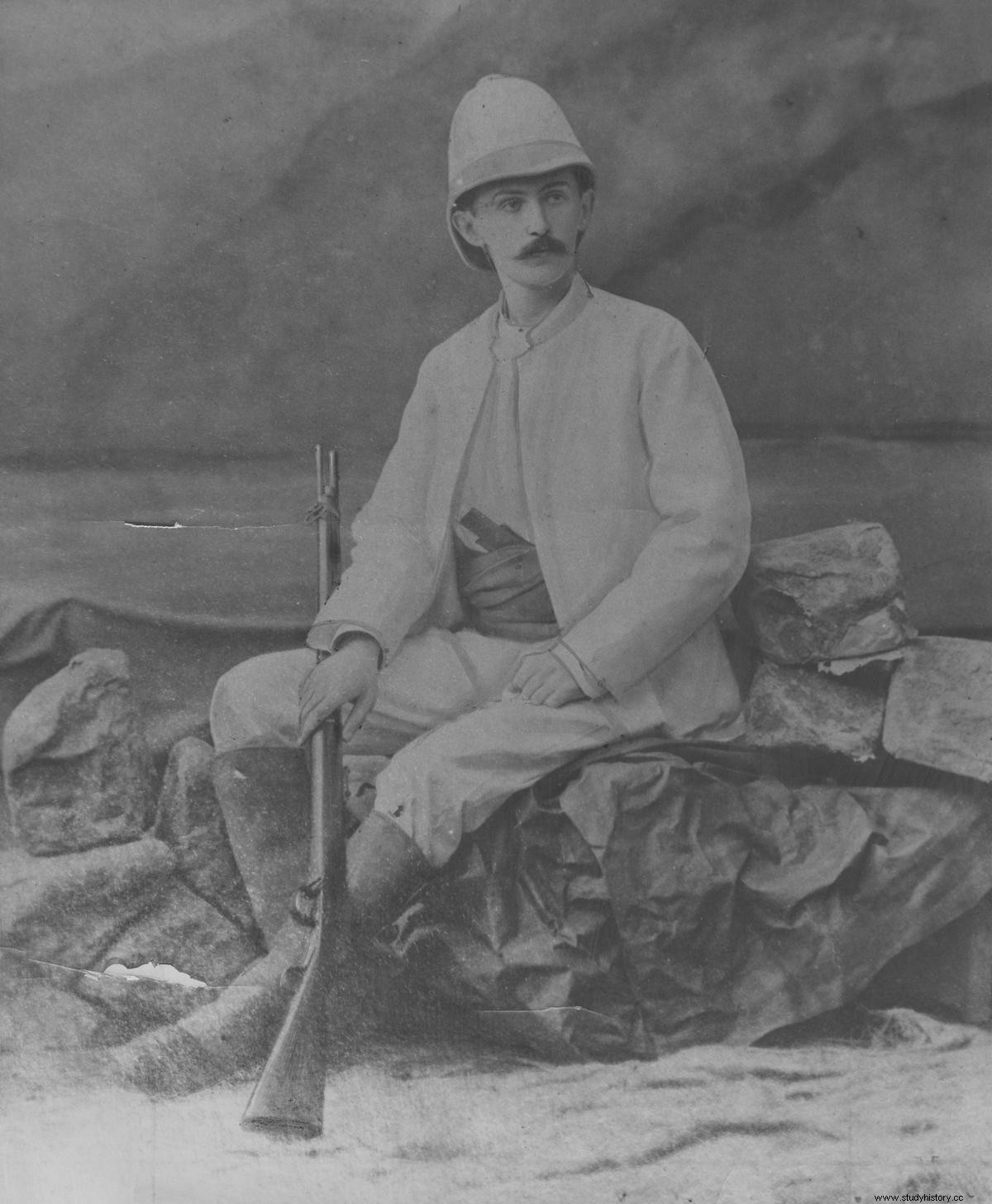
In the 1880s, also Stefan Szolc-Rogoziński visited Liberia.
Liberia, however, owed its independence to the United States, which exercised political and military patronage over it. Her economic situation was worse. This is what Klósak and Skonieczko write about her:
(…) over the years [the country] was in debt to English bankers and Belgian or Dutch entrepreneurs. They all saw that the Liberians were not very good at managing the state, so they used every situation to earn on them .
There is no doubt that Monrovia has faced a number of political, economic and social difficulties. The state created by the American colonizers, however, survived the nineteenth century as the only independent, black-managed state in colonial Africa.
Inspiration:
This article was inspired by the fictionalized biography of Stefan Szolc-Rogoziński by Maciej Klósak and Dariusz Skonieczeka under the title Stefan Szolc-Rogoziński. The Forgotten Explorer of the Dark Continent , Gray Hour 2018.
